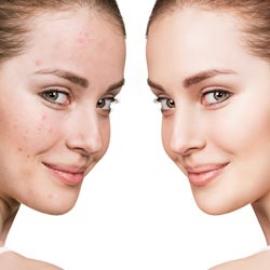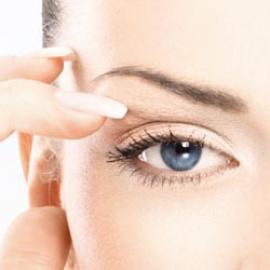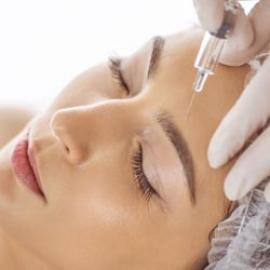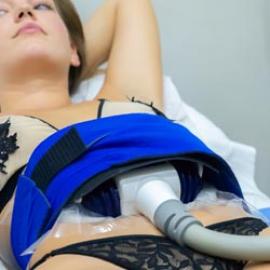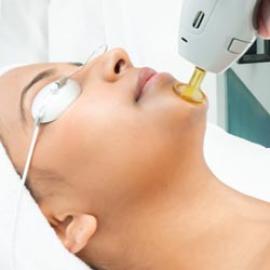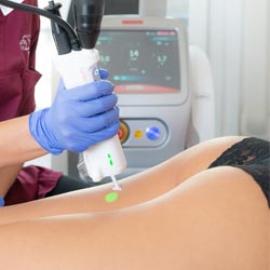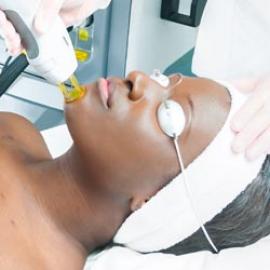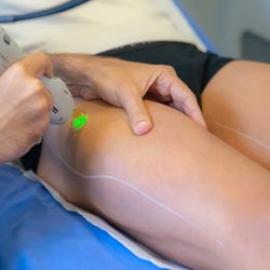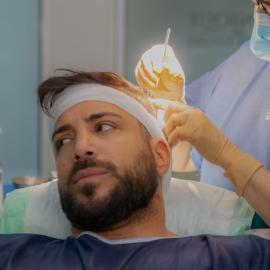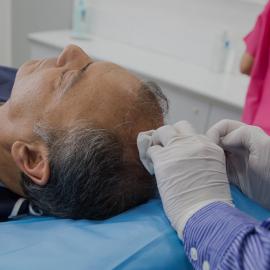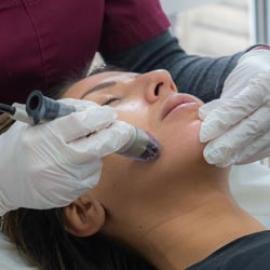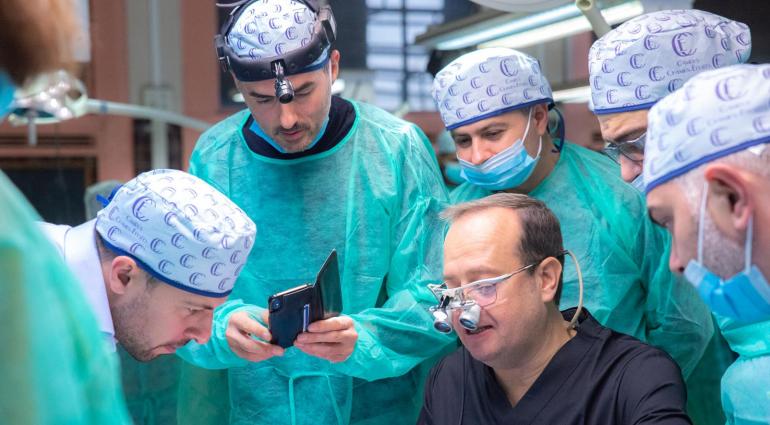
After surgery or traumatic shock, the lesions form on the surface of the skin. Some anomalies can occur during the healing process. The scar grows in volume, takes on a pink or dark brown color, depending on the type of skin of the patient, the scar is rough and fibrous, etc. Treatments exist in esthetic medicine to reduce hypertrophic scars.
Hypertrophic scars: definitions
The body normally engages in a healing process after an incision, burns or when the skin is pierced to minimize harm and limit the esthetic impact. The healing process is split between the regeneration and consolidation of the dermis tissue.
During this healing process, after the cells have cleaned up the lesion, the fibrous tissues are repaired. Cells provide the required elements for skin regeneration: collagen and blood vessels. After that, the skin regains integrity and the scar is eventually removed.
Hypertrophic scar is a skin anomaly that induces an irregular increase in scar volume but, unlike a keloid scar, the hypertrophic scar does not extend the limit of the original lesion. This anomaly also disappears with time, after one year of healing.
Hypertrophic scars: causes
Hypertrophic scars are induced by over-production of collagen in the skin. The amount of fibrous tissue in the healing process is so thick that it deforms the scar until the volume increases dramatically.
Hypertrophic scars are widely documented in Asian, mixed race and dark-skinned people. People with fair skin are less likely to experience these anomalies during the healing process.
This pattern is often widely seen in both women and men between the ages of 20 and 30.
Hypertrophic scars: treatment
Various therapies are available in aesthetic medicine that can minimize or remove hypertrophic scarring.
Surgical intervention delivers immediate and definitive results. The purpose of this process is to extract excess fibrous tissue on a scar with a scalpel using an ablation technique. While this approach is successful in the short term, it does not prevent the recurrence of this phenomenon. The patient is at risk of recurrence of hypertrophy. In addition, a new incision may be made that may enhance the initial appearance of the scar.
The goal of the second treatment is to use the laser. This procedure is popular in reducing the appearance of scars in aesthetics medecine. It is especially effective for hypertrophy. By successively projecting the laser onto the region to be processed, the light beam is converted into energy and burns out excess fibrous tissue. Cosmetic doctors use the CO2 laser or the Erbium laser to do this. It is adaptable to all skin phototypes in order to produce the best performance. Several sessions are required in order to obtain definitive results.














